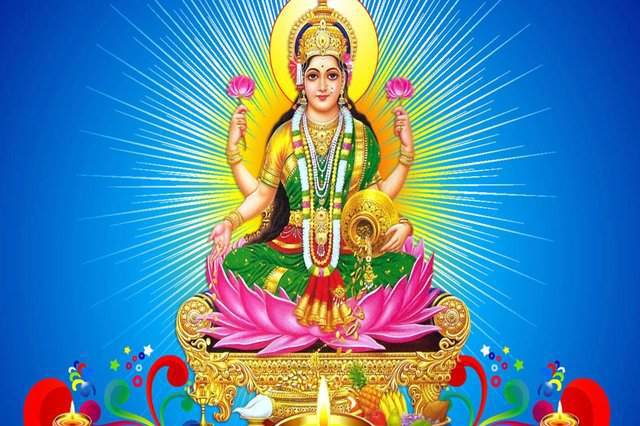This soothing mantra is chanted to invoke the White form of Goddess Tara. There are 21 powerful manifestations of the Goddess Tara, including the White Tara.
Also known as the Mother of all Buddhas, Universal Mother or the Mother of Liberation, Goddess Tara is commonly depicted both as a female Buddha and a Bodhisattva. In Mahayana Buddhism tradition, Goddess Tara is illustrated as being a Bodhisattva, which is a Buddhist who is on the cusp of enlightenment.
However, in the sacred spiritual teachings of Vajrayana Buddhism, Goddess Tara is usually described as being a female Buddha, which signifies that She has attained true and complete enlightenment.
White Tara mantra lyrics:
„Om Tare Tuttare Ture Mama Ayurjnana Punye Pushting Svaha.”
White Tara mantra meaning:
- Om – this syllable is a seed mantra. While some scholars say that Om (or Aum) mantra has no actual substantial meaning, it can also be indicative of an awareness of the surrounding universe. It is commonly used at the start of many Sanskrit mantras.
- Tare – this syllable is representative of salvation from mental and physical suffering and other different forms of mundane dangers. Goddess Tara is frequently illustrated as being one who can alleviate suffering from bad karma, crime, natural disasters, and accidents.
- Tuttare – this syllable is representative of the guided on the right spiritual path, and the need for defend and protection from dangers to the sould (spirit). The three negative emotions include delusion, hatred, and greed are also the 3 primary spiritual dangers that are responsible for suffering in us all.
- Ture – this syllable is representative of the deliverance to the true spiritual path of a present or future Bodhisattva. With this syllable, Goddess Tara is said to totally liberate us from the suffering we are inflicted with, while on the same time, helping us to advance along the spiritual path that will allow us to have compassion for others.
- Mama – this syllable literally translates as „mine” and it is indicative of the desire and aspiration to possess positive qualities and characteristics, such as: wisdom, long life, happiness, and more. These good traits can be asked for someone else, or for the individuals chanting the mantra.
- Ayuh – this syllable literally translates as ”long life.”
- Punya – this syllable translates from Sanskrit as the merit that is earned from living an ethical life and is said to guide the practitioner to a life that is long, abundant, and happy.
- Jnana – this syllable translates from Sanskrit as ”wisdom.”
- Pushtim – this syllable translates as prosperity or abundance, both material and spiritual.
- Kuru – this syllable represents a mythical land located in the northern regions of the majestical lHimalaya mountains but can also translate as „make it so.”
- Svaha – this is the last syllable of the mantra and it is used and the end of many Buddhist mantras and is representative of “allow the meaning of the present mantra to take root in my mind.”
Mantra chanting benefits:
Sitatara is associated with long life and prosperity. Her healing mantra is often chanted with a precise purpose in mind.
Sitatara mantra practice:
Before starting this spiritual practice, generate the motivation that you are doing this spiritual practice not just for yourself but for the benefit of all sentient and living beings. Then from the heart take refuge in Dharma, Sangha, and Buddha.
Visualize Mother Sitatara above your head (Ajna chakra) or in front of you at the height of your forehead. Visualize long life nectar coming from Mother Sitatara’s heart. This healing white light energy enters your crown chakra (Sahasrara) and completely fills your physical body. Feel strong and concentrate clearly that all your negative karma, obscurations, negative emotions, spirit harms, and sicknesses are completely purified.
Meditate daily on the above visualization in the following way. While chanting one mala (108 repetitions) of Sitatara’s mantra concentrate on the nectar entering and filling your physical body.
After this, at the completion of one mala (108 repetitions), feel strongly that your scriptural understanding and wisdom increased, your life has been increased, your merit developed and increased, and that you have achieved long-lasting realizations and merits.
More importantly, at the completion of this spiritual practice, dedicate the merit to all sentient beings so that you achieve the state of Buddhahood for the benefit all sentient beings.
Image source – himalayantraders.com








